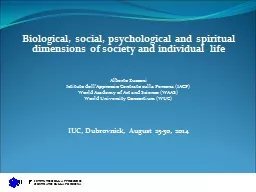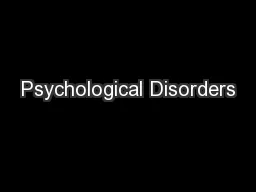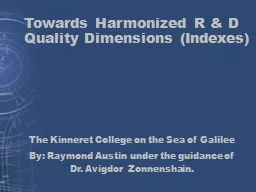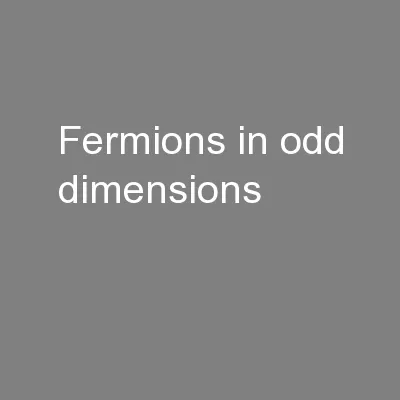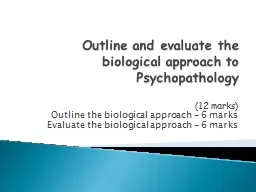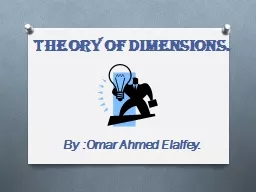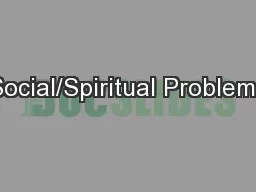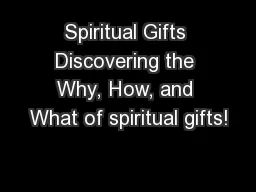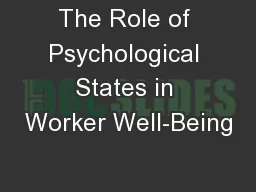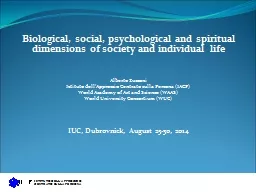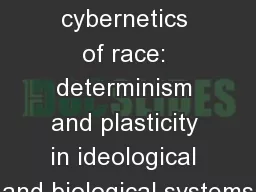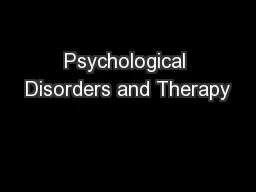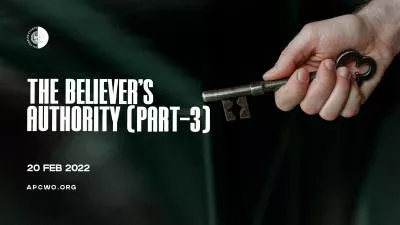PPT-Biological, social, psychological and spiritual dimensions
Author : lindy-dunigan | Published Date : 2016-03-08
Alberto Zucconi Istituto dellApproccio Centrato sulla Persona IACP World Academy of Art and Science WAAS World University Consortium WUC IUC Dubrovnick August
Presentation Embed Code
Download Presentation
Download Presentation The PPT/PDF document "Biological, social, psychological and sp..." is the property of its rightful owner. Permission is granted to download and print the materials on this website for personal, non-commercial use only, and to display it on your personal computer provided you do not modify the materials and that you retain all copyright notices contained in the materials. By downloading content from our website, you accept the terms of this agreement.
Biological, social, psychological and spiritual dimensions: Transcript
Download Rules Of Document
"Biological, social, psychological and spiritual dimensions"The content belongs to its owner. You may download and print it for personal use, without modification, and keep all copyright notices. By downloading, you agree to these terms.
Related Documents

